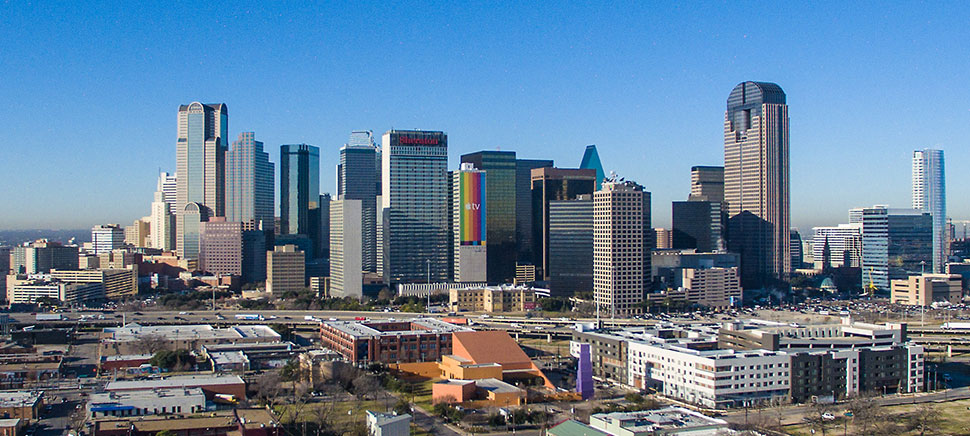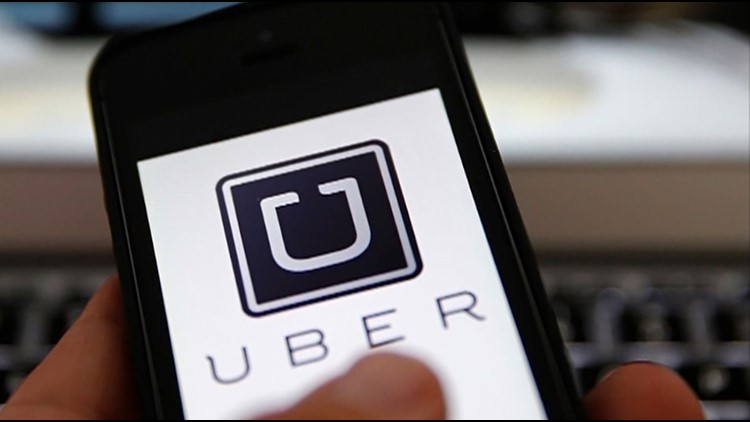


Uber has long said the average amount it takes from fares is about 25 percent.

“Before, you could guestimate-back of envelope calculate-and see that this far and this long and figure out you’ll make this much,” said Sam Vance, who’s been a full-time UberX and Lyft driver in Columbus, Ohio, for more than four years. On top of that, they say, it seems like Uber is taking a bigger cut of fares. Some drivers say, however, that they’ve mostly seen lower earnings overall since the change. That means, he said, drivers will make less money for longer trips but should earn more on shorter trips. Uber spokesperson Harry Hartfield said upfront fares are about giving drivers “more control and choice” but will include a “balancing” of payments. In the past, most drivers wouldn’t receive this information until after they accepted a ride. They see more details of a prospective ride before accepting it, such as the fare and pick-up and drop-off locations, which is something drivers say they’ve been asking for. The company says the new feature provides drivers with more transparency. Uber has long used an upfront pricing algorithm to determine how much passengers pay, which is one of the reasons riders sometimes see vast price fluctuations. What all of those factors are is unclear. Uber has quietly changed the way it pays drivers in several major cities across the U.S., using a new feature it’s calling “Upfront Fares.” Instead of paying drivers for trips based on just time and distance, it’s now using an algorithm “based on several factors” to calculate the fare.


 0 kommentar(er)
0 kommentar(er)
